Army Depot and Colorado River History in Yuma, Arizona
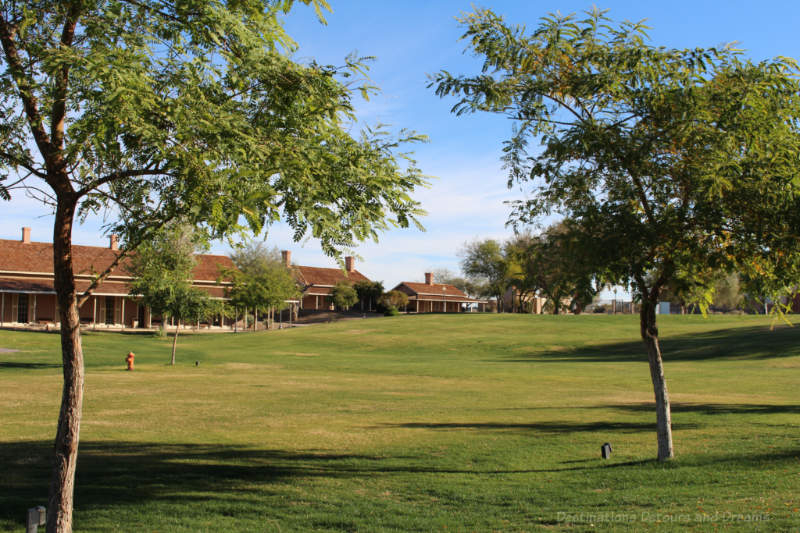
Colorado River State Historic Park in Yuma, Arizona contains remembrances of the Quartermaster Army Depot of the late 1880s and explores man’s relationship with the Colorado River
The 10-acre Colorado River State Historic Park in Yuma, Arizona is located at what was once an important U.S. Army supply station for forts in Arizona, Nevada, Utah, New Mexico and Texas. The U.S. Army Depot was in operation from the mid 1860s to the 1880s.
Ocean vessels brought goods to the Gulf of California where they were transferred onto steamboats for the trip upriver to Yuma. That was before dams were constructed on the Colorado River. It ran faster and deeper than it does today. Today the river rarely reaches its delta and the Gulf. At the Depot, goods were unloaded and shipped upriver via steamboats or overland via mule-drawn freight wagons.
Today the park provides a peek into the life and operations of the supply depot as well as telling some of the story of man’s relationship with the Colorado River.
The Depot
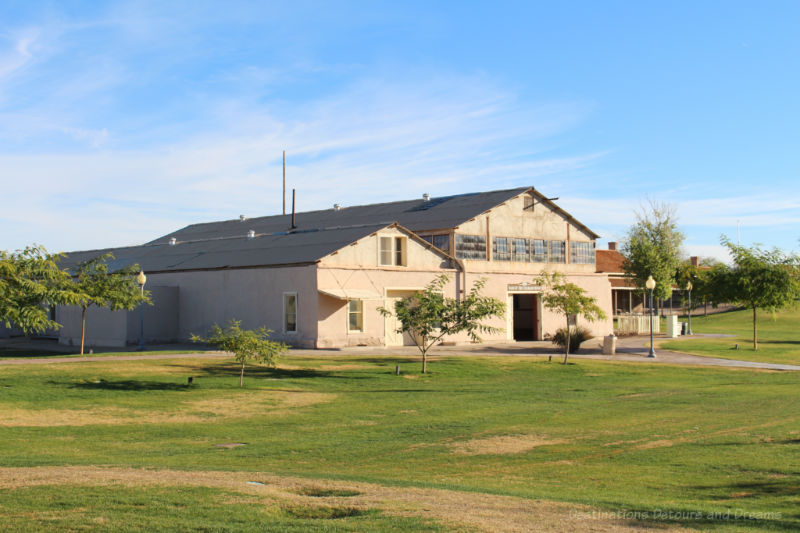
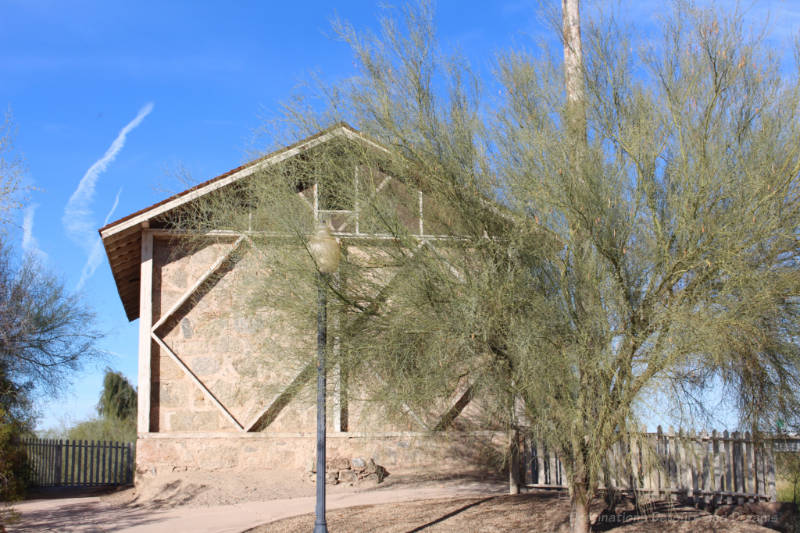
A steam pump propelled muddy water from the Colorado River through pipes to an elevated holding tank. Sediment fell to the bottom and gravity flow forced cleared water through pipes to buildings and houses in the area. Periodically, the army sent a soldier in to clean out the silt.
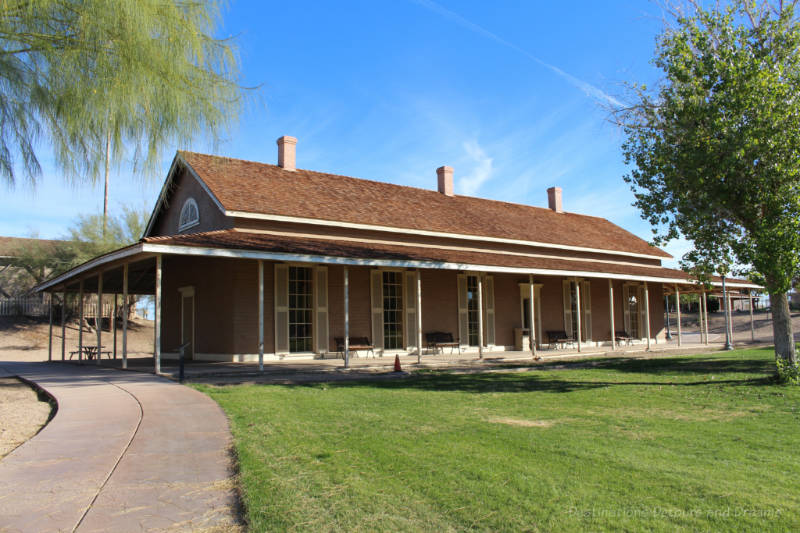
The Quartermaster, the officer in charge of the depot, originally had his office in a corner room of the noisy warehouse. In 1872, permission was granted to build new office space. In 1873, the U.S. Army Signal Corps operated Arizona’s first non-private telegraph line from the building. The line ran from San Diego through Yuma to Prescott and Tucson.
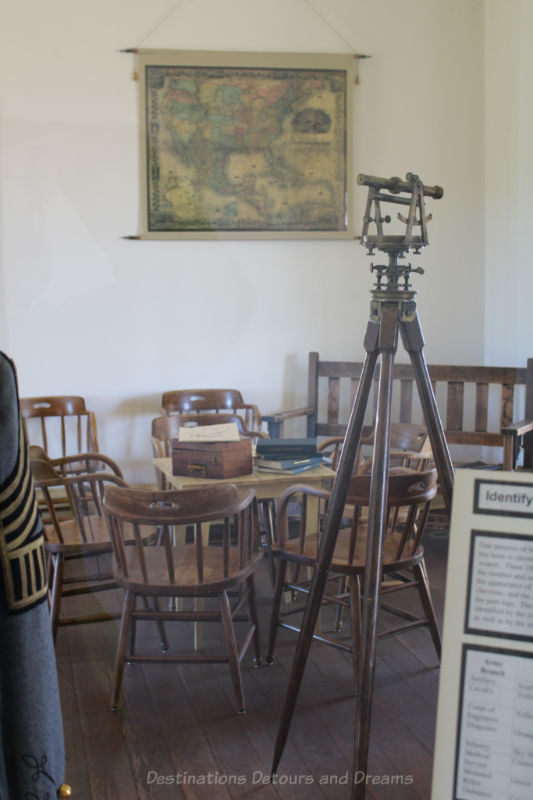
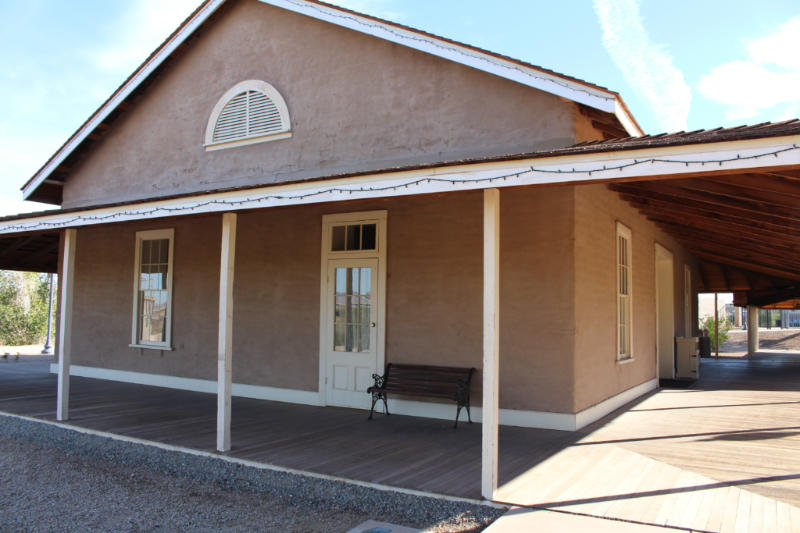
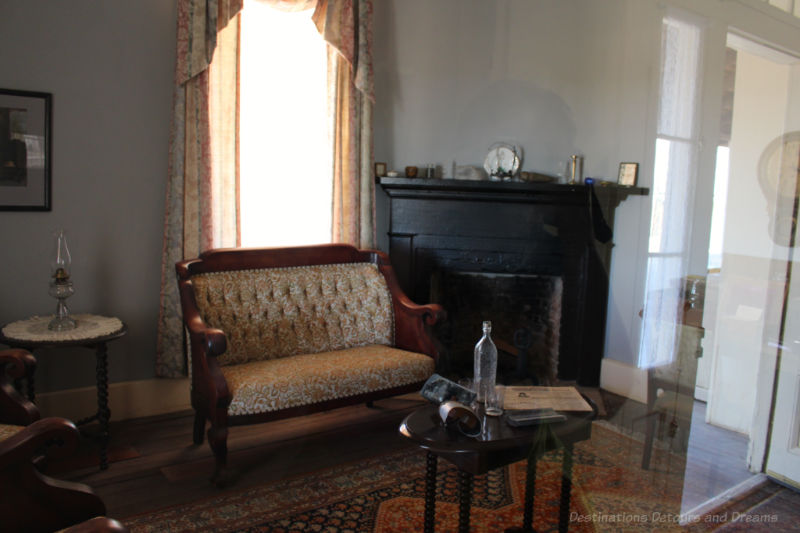
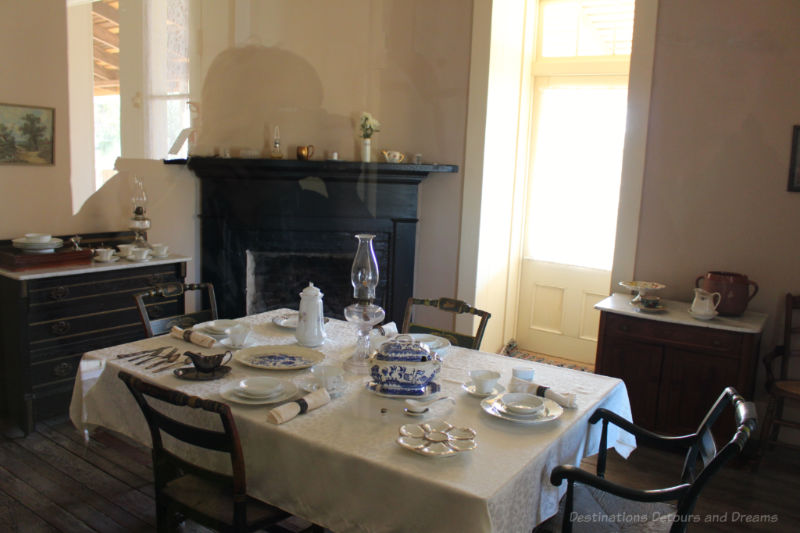
With the coming of the railroad in 1877, the Depot’s importance lessened. The Army closed it in 1883. The Signal Corps remained on site until 1891. In that year the Weather Bureau became a separate entity and civilian employees of that agency were housed in the Quartermaster’s Office until 1949.
In 1902 President Theodore Roosevelt designated the Commanding Officer’s Quarters a U.S. customs reserve. The U.S. Customs Service remained in that building until 1955.
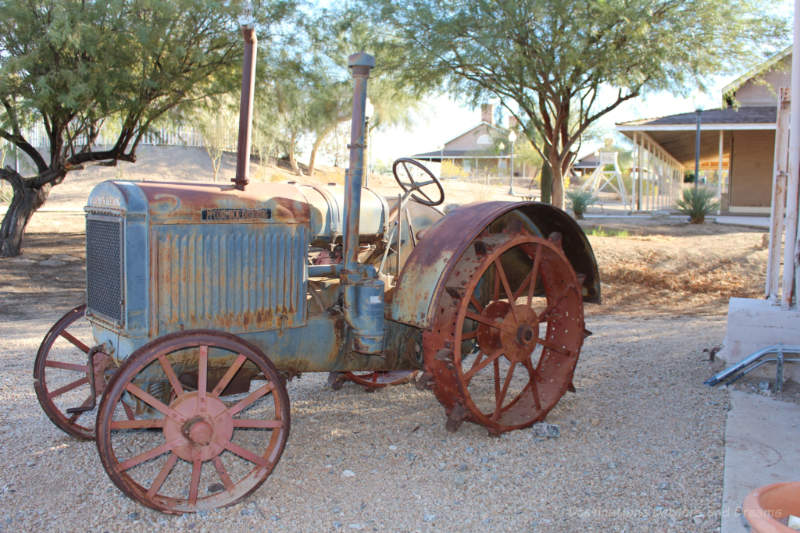
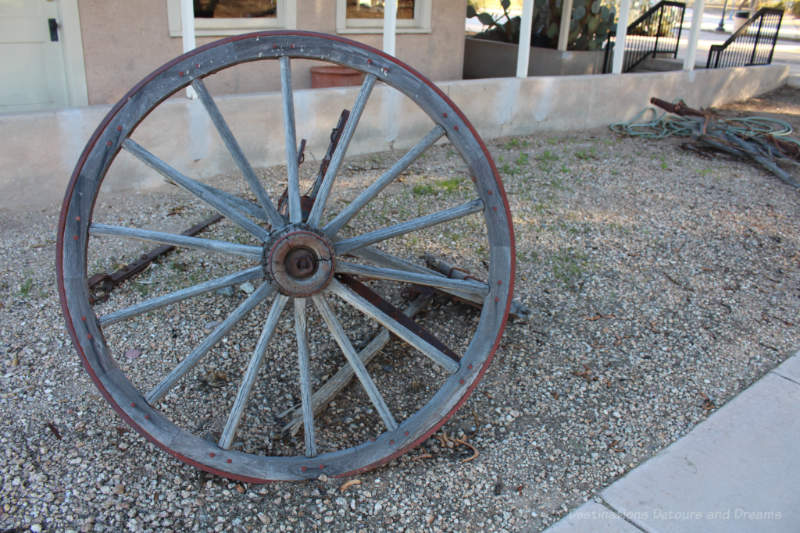
Colorado River Story
The Colorado River begins in the mountains of Colorado and snakes southwest for 1,450 miles towards the Gulf of California. Over a century ago, the river ran free from the Rocky Mountains to Mexico.
Before dams were constructed up and down the Colorado River, its course was unpredictable from season to season. It ran fast and deep and stretched wide in places. At what would become Yuma, Arizona, granite outcroppings squeezed the river into a narrower channel. Yuma Crossing became known as the safest and easiest place to cross the river. A settlement developed at Yuma in the mid-1800s. With its close proximity to the river, the town was prone to frequent flooding.
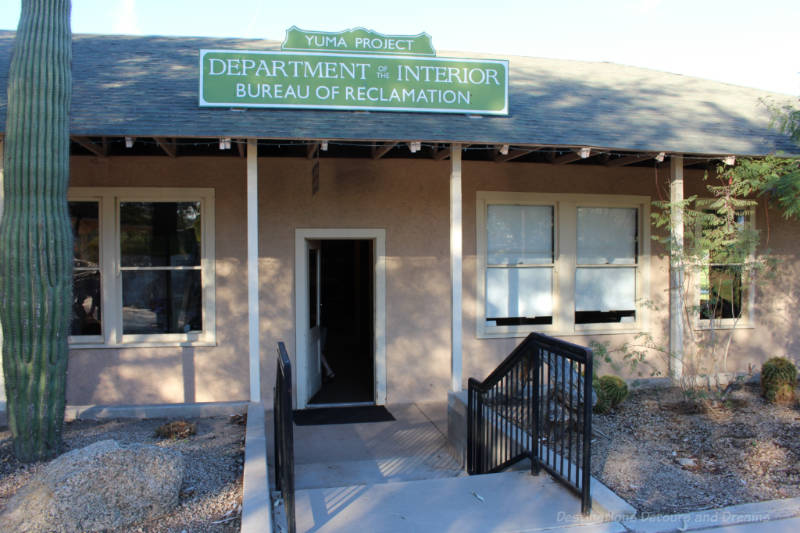
The Corral House stored grain and tack for the mules and horses during Yuma Quartermaster Depot days. The adobe corral where the animals were housed no longer exists. Only the rooms at the far end of the current Corral House are original. Other rooms were added in the early 1900s by the Bureau of Reclamation when the Yuma Project was based in the building. Today, displays inside the Corral House at the park tell the story of the Yuma Project, which created the Laguna Dam, the first dam built on the Colorado River.
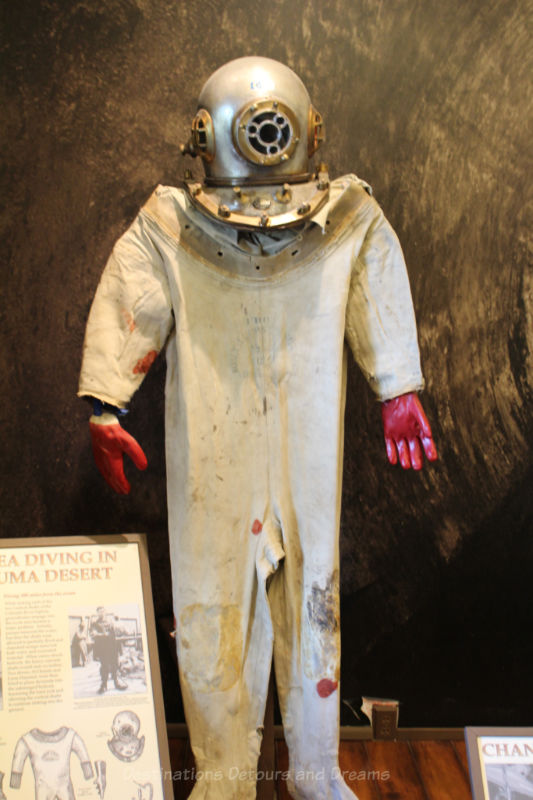
The design of the Laguna Dam was based on successful weirs built in India. Because of the dam’s location, any canal constructed to provide irrigation to the Yuma Valley needed to cross the Gila River if originating in Arizona or the Colorado River if originating in California. To solve the issue, an inverted siphon was built under the Colorado River. During the building of the Siphon, divers went underground and placed dynamite in submerged concrete when groundwater seepage caused a problem. The Laguna Dam ended the steamboat era.
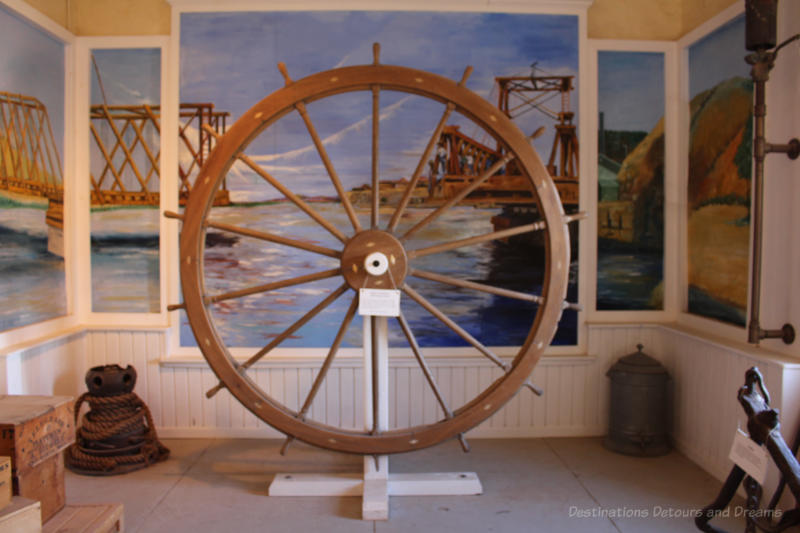
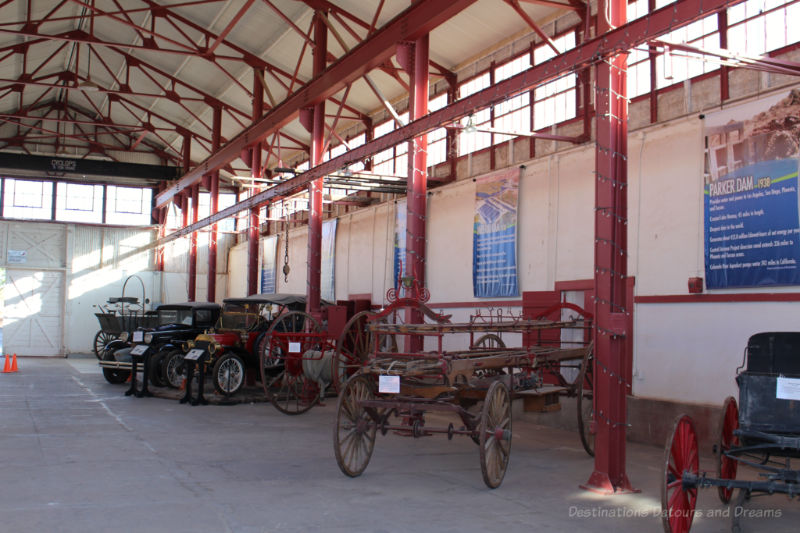
contains information on the dams on the Colorado River
The success of the Yuma Project led to other dam projects. The Colorado River is now one of the heaviest dammed rivers developed in the world. Banners inside the quartermaster warehouse tell of the other dams built on the river: the Hoover Dam in 1936, the Parker Dam in 1938, the Imperial Dam also in 1938, the Davis Dam in 1951, and the Glen Canyon Dam in 1968.
The dams provide water and power to millions of people, irrigate hundreds of thousands of acres of farmland and control flooding, but there have also been unintended consequences. Ecosystems have been altered with negative impact to native species. Wetlands have disappeared. The river now dries up before the U.S./Mexico border and no longer reaches the ocean. Seven western states and Mexico share water from this heavily managed river, but the river is shrinking due to drought conditions over the past 15 years and there is concern about the future of this water supply.
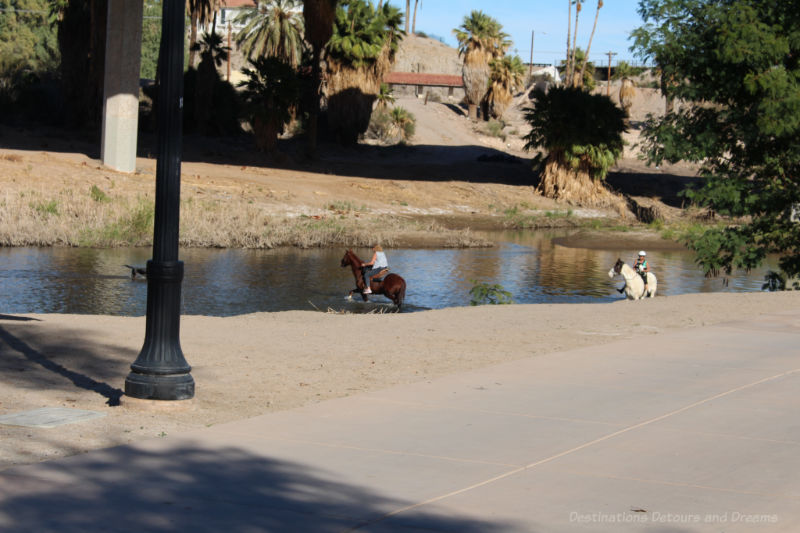
Conservation and restoration projects now seek to restore habitats and balance human needs for water with ecological considerations. The Corral House contains exhibits about the Yuma East Wetlands restoration, which developed innovative clearing, irrigation and planting techniques on 1,418 acres of riparian, wetland and aquatic habitats. The recovering bird population is emblematic of the success of the project. Other groups, such as the Sonoran Institute, Save the Colorado, and Raise the River are also working on saving the Colorado River and restoring the Colorado River estuary.
For an uplifting and hopeful look at some of these efforts, watch this 10-minute film narrated by Robert Redford about a joint United States and Mexico initiative that saw 2014 controlled water surges bring the river to the sea again. The scenes of families in San Luis Rio Colorado, Mexico playing and laughing in the river flowing by their town, a sight many had never seen, can’t help but make you smile.
Visiting Colorado River State Historic Park
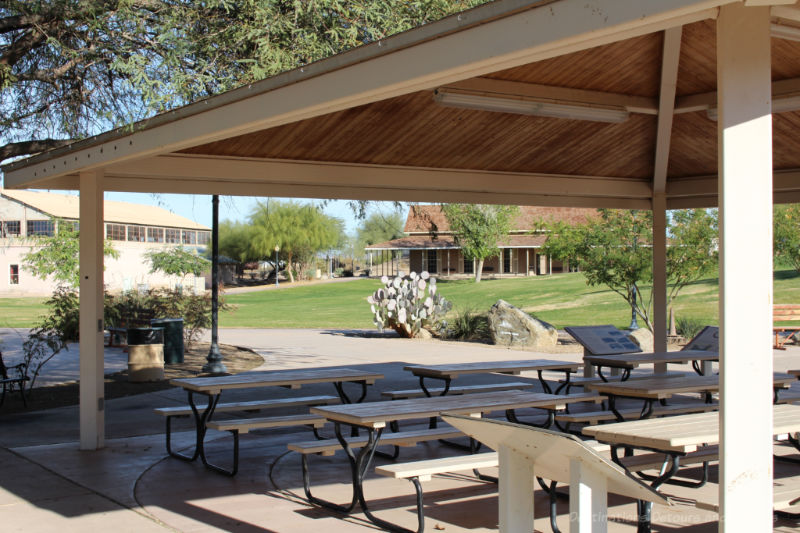
Colorado River State Historic Park is open daily from 9 am to 4:30 pm Thursday–Sunday June–September and Tuesday–Sunday October–May. Visit Yuma’s Visitor Information Center is located at the entrance to the park.
Never miss a story. Sign up for Destinations Detours and Dreams free monthly e-newsletter and receive behind-the-scenes information and sneak peaks ahead.
PIN IT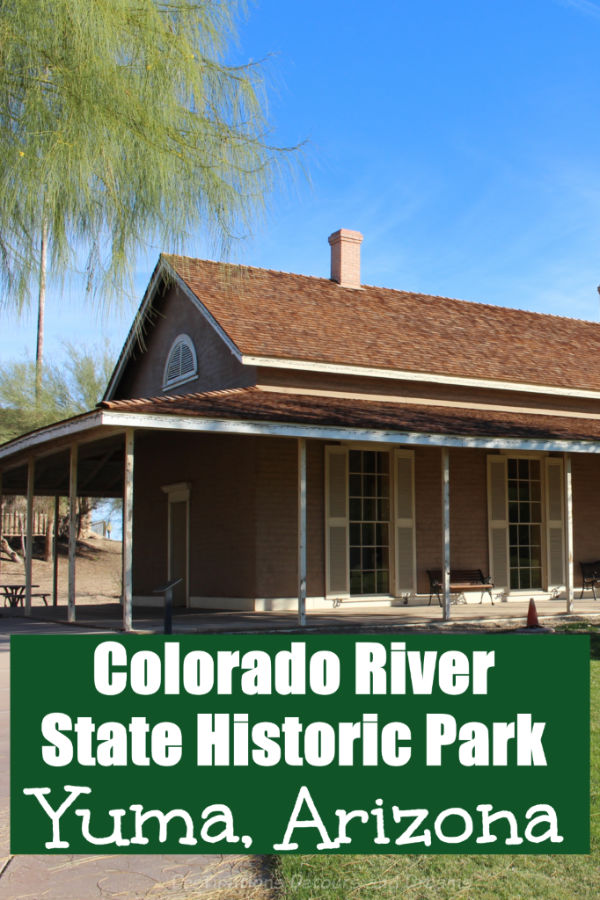

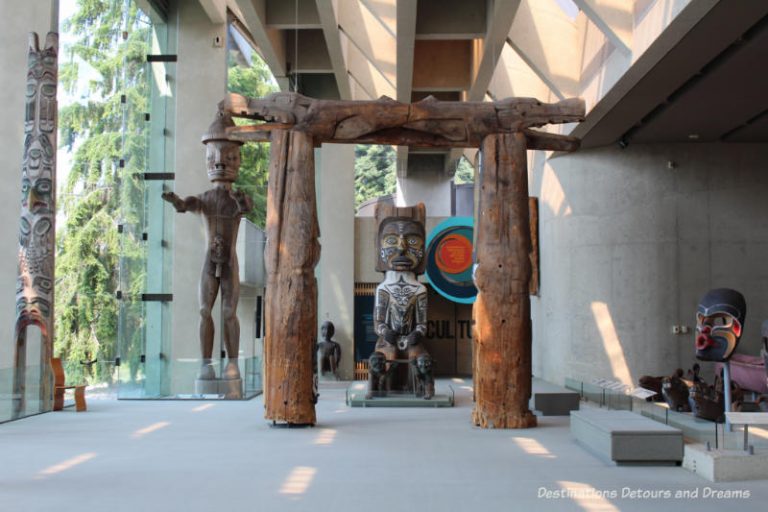
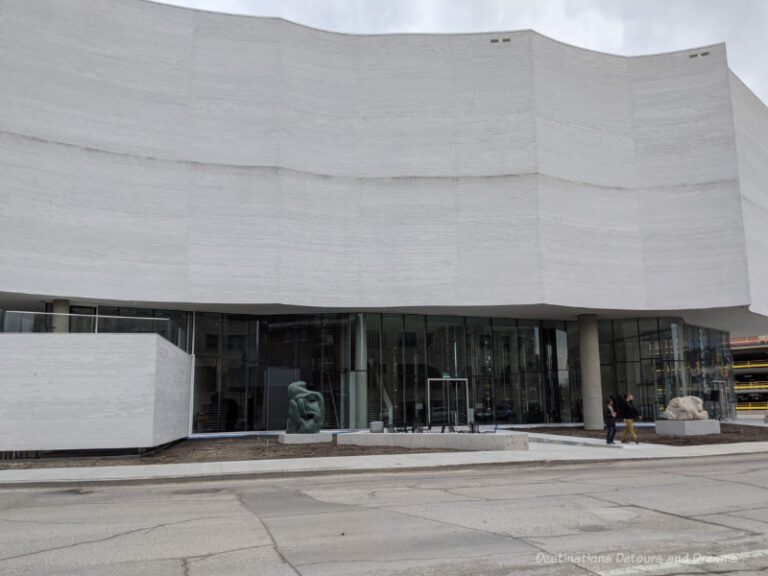
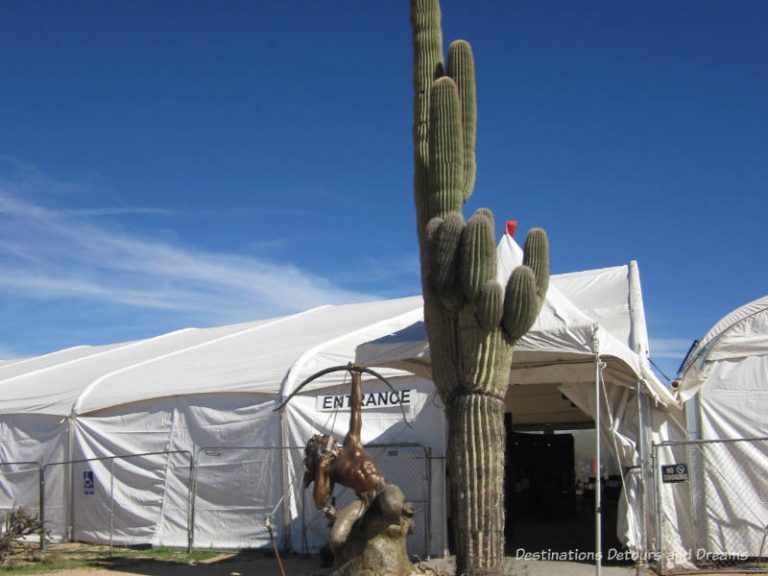
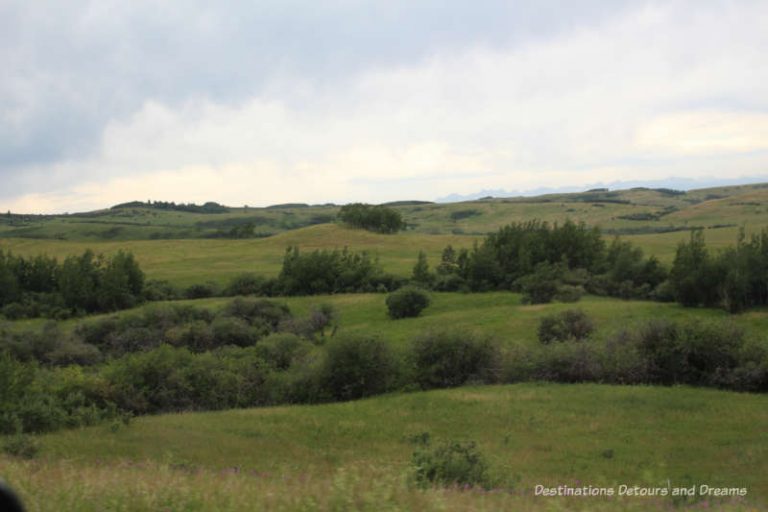
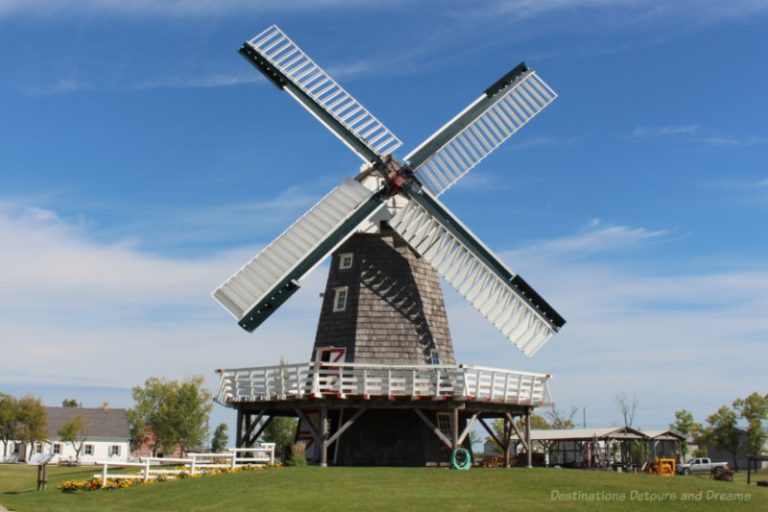
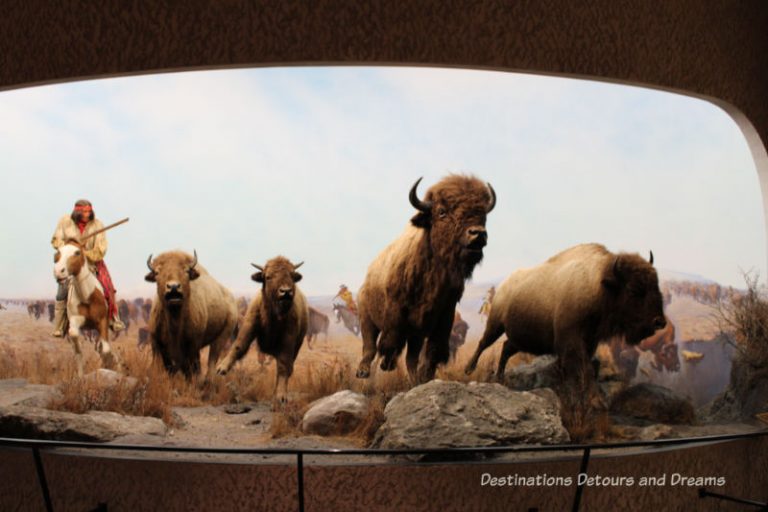
Thanks for sharing the interesting history of the Colorado river and the army depot. I always find the living museum exhibits interesting as they provide a glimpse into the people who lived there long ago. Anita
Anita, I too like the glimpses into the people from years ago. I found the history of the Depot interesting, but what fascinated me most was the story of the Colorado River, something I hadn’t expected to find .
The divers suit is crazy. Headgear probably weighed a ton.
Ken, yes that diving must have been quite a feat.
Why was the name Quartermaster Depot changed?
Hi Cindy, when I visited in 2015, the park was still known as Yuma Quartermaster Depot State Historic Park. According to information on the park website, it took that name in 2007 after 10 years of operating as Yuma Crossing Historical Park. Staff requested the change feeling it better reflected the original nature of the site and its interpretive focus. It was later renamed to Colorado River State Historic Park in 2017 following the development of a new master plan, created in 2013, to expand the interpretive focus of the park’s exhibits from the history of the Yuma Quartermaster Depot to the broader past, present, and future of the Colorado River.